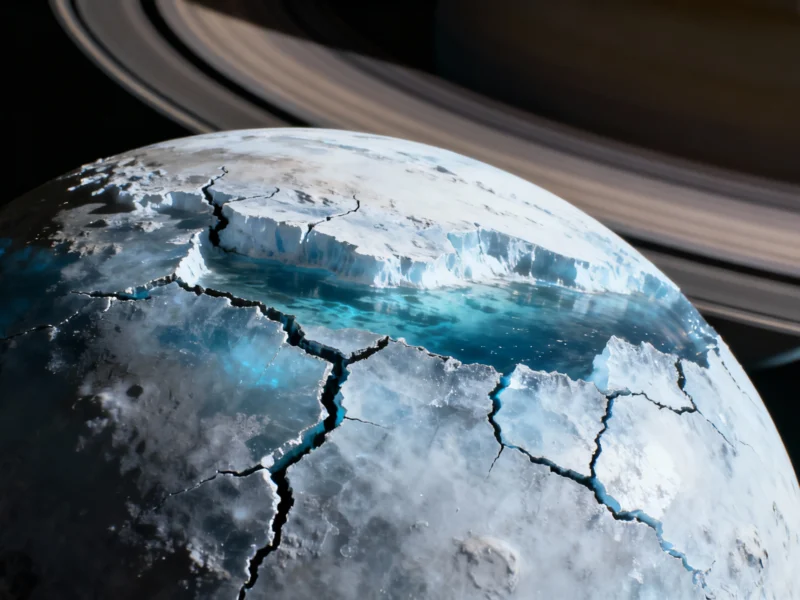Fresh Organic Molecules Detected in Enceladus Plumes
Scientists have made a groundbreaking discovery by detecting complex organic molecules directly from Enceladus’s subsurface ocean, significantly boosting the Saturnian moon’s potential to support life. A European Space Agency-led study analyzed pristine ice grains collected during Cassini’s close flyby, revealing organic compounds that remained intact from the moon’s hidden ocean. As reported in a recent scientific publication, researchers confirmed they now have all the essential elements required for Enceladus to potentially harbor living organisms.
Direct Sampling Provides Unprecedented Insight
The breakthrough came from analyzing ice particles just minutes old from Enceladus’s massive plumes, which eject water ice thousands of miles into space from the moon’s south polar region. Unlike previous studies that inferred organic chemistry from Saturn’s E ring, this research examined material directly sampled by Cassini’s Cosmic Dust Analyzer during its 2008 plume flythrough. Scientists emphasized that capturing these fresh grains provides pure samples directly from the subsurface ocean, offering unprecedented clarity about the moon’s internal composition.
The study confirms that complex organic molecules survive the journey from Enceladus’s subsurface ocean through the ice shell and into space. This direct detection rules out space weathering as the sole production pathway for these compounds. Space weathering—radiation and other processes that alter samples—had previously complicated analysis of Enceladus’s chemistry. The fresh samples provide clear insight into the moon’s internal chemical processes without contamination or degradation.
Habitable Environment Beneath the Ice
Enceladus hosts a global subsurface ocean approximately 30 miles deep, encased in an ice shell 11-14 miles thick. Data from multiple Cassini flybys confirmed the ocean’s salinity and identified hydrothermal activity on the seafloor—key ingredients for life as we understand it. The newly discovered organic complexity suggests ongoing chemical processes that could support microbial life. Previous analysis of Cassini data identified molecular hydrogen in the plumes, indicating active hydrothermal systems that could provide energy for chemosynthetic organisms.
The subsurface ocean maintains liquid water due to tidal heating from Saturn’s gravitational pull, creating conditions similar to Earth’s deep-sea hydrothermal vents. These vents on Earth support diverse ecosystems without sunlight, relying instead on chemical energy. The abundance of molecular hydrogen, along with previously observed carbonate species, suggests a state of chemical disequilibrium in Enceladus’ ocean that represents a chemical energy source capable of supporting life.
Implications for Extraterrestrial Life Search
This discovery positions Enceladus as a prime candidate in the search for extraterrestrial life, potentially surpassing Mars in biological potential. While Mars exploration focuses on finding evidence of past life, Enceladus offers access to a contemporary habitable environment. The moon contains all three requirements for life: liquid water, essential chemical elements, and energy sources. Upcoming space missions will build on these findings, though dedicated Enceladus missions remain in planning stages.
Scientists emphasize that while these findings don’t confirm life exists on Enceladus, they dramatically improve the odds. The complexity of organic molecules suggests sophisticated chemical processes occurring in the subsurface ocean. As research continues to evolve, the scientific community remains excited about what future missions might reveal about this intriguing icy world.

